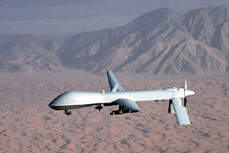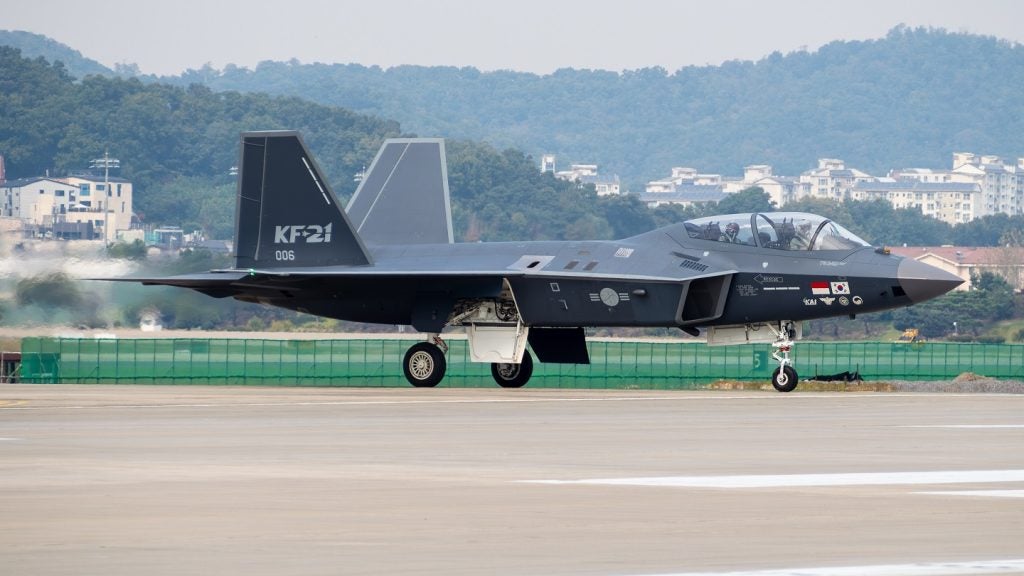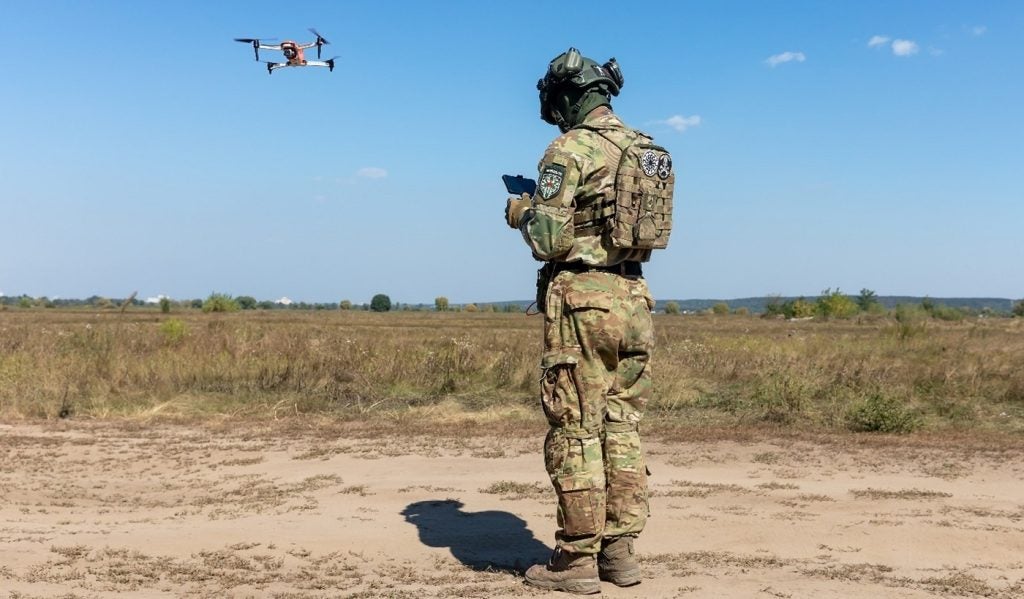
The Republic of Korea (ROK) continues to be a major defence and security ally in the Pacific region. The country maintains the sixth-largest military force in the world. As Korea moves towards operational control transfer and continued defence modernisation, it continues to have a good portion of its budget devoted to acquisition and purchase of defence equipment and materiel.
Although there has been a slowdown on several defence projects due to the recent sluggishness in the economy, the country continues a trend of ensuring that the defence budget is the least impacted during the budgeting progress. The ROK continues to set priorities related to command and control, C4I and other platforms such as unmanned aerial vehicles and other similar systems.
The current political trend in Korea is to establish a robust defence, and to maintain a diversified military. President Lee identified defence technology as one of the stimulus sectors to help the country out of the recent recession. The defence sector is very important to the ROK’s development. The government allocated $23.8bn for 2009 for defence expenditures. This is a considerable amount compared to other ministry and agency budgets for other government entities. The 2009 defence budget
contained requests of $6.89bn for the FIP (force improvement programme). For 2010, the ROK Ministry of National Defence (MND) requested $24.7bn, a budget increase of 3.8%.
The ROK Government emphasises defence reform for 2020 as well as a standalone defence capability and it continues to maximise indigenous production, diversify defence suppliers and acquire as much technology as possible.
Development of a UAV is one of the ROK Army’s force improvement plans to significantly advance Korean aerospace technology. Accordingly, the UAV industry, especially large projects, are led and supported by government.
See Also:
Excluding some low lying plains in the south-western region of the peninsula, approximately 70% of the Republic of Korea is mountainous. Multipurpose UAVs that are designed for particular terrain would be required for both military and commercial (homeland security) purposes. Demand for UAV platforms is increasing as the ROK continues to develop into a multirole regional defence force not just structured for any potential North / South threat on the peninsula.
How well do you really know your competitors?
Access the most comprehensive Company Profiles on the market, powered by GlobalData. Save hours of research. Gain competitive edge.

Thank you!
Your download email will arrive shortly
Not ready to buy yet? Download a free sample
We are confident about the unique quality of our Company Profiles. However, we want you to make the most beneficial decision for your business, so we offer a free sample that you can download by submitting the below form
By GlobalDataKorea’s UAV development history began in 1978 when Hanam Machinery developed remote-controlled unmanned target UAVs. Later from 1990 to 1999, the Agency for Defence Development (ADD) and KARI (Korea Aerospace Research Institute) co-developed fixed-wing UAVs, through which the Agency for Defence Development (ADD) first established technology for jet propelled decoy UAVs. Night Intruder is considered the first advanced UAV – the ROK Army currently uses it to meet their mission requirements.
Various projects related to the UAV are continuously being worked upon by the ROK Government. Currently, KARI is leading the technology development of Korea’s UAV industry and to commercialise it for mobile communication and meteorological observation. Academic-industrial cooperation is also very active for the development of miniature aerial vehicles (MAVs). Interest in UAV development in Korea is closely linked to the ROK seeing the benefits of UAV flight operations – the US used UAVs heavily in the Iraq War.
Currently, the Korean Government is pursuing various UAV projects. Three projects are currently in operation:
Stand-in surveillance UAV
KUS-7 and KUS-9 are Korea’s stand-in surveillance UAVs for which Korean Air completed its programme development in 2009. Flight characteristics of the KUS-7 include three-hour endurance with a 50km flight range. The KUS-9 is an upgraded platform with an eight-hour flight capability and real-time data transmission.
MALE (medium-altitude long-endurance) UAV
In early December 2008, the Defence Acquisition Programme Administration (DAPA) announced that Korean Air had been chosen as the primary developer of a medium-altitude long endurance (MALE) UAV project that will commence flight and surveillance mission after 2016. The development contract to build the nation’s unmanned aircraft systems covers both civilian and military applications.
With assistance from foreign defence firms, Korean Air will devise and integrate the aircraft’s fuselage and other related systems, including a ground-control station and mission equipment package, in mission from a maximum altitude of 50,000ft (flight level 500) for over 24 hours. The Korean MALE should operate with flight specifications similar to those of the US Air Force’s MQ-1 Predator.
Smart UAV development project
The ROK Government selected UAV development as one of its 21st-century frontier projects related to aerospace technology development. The Smart UAV development programme, which is based on VTOL (vertical take-off and landing) and high-speed UAV development, has begun. This programme is key for Korea to achieve its goal to become one of the leading countries in the world UAV market within ten years. The programme was launched in July 2002 as one of the Frontier R&D programmes granted by the government.
The Smart UAV system is a next-generation intelligent UAV system acquiring real-time imagery information in distant places day and night. It is composed of tilt-rotor air vehicles capable of vertical take-off and landing and high-speed flight, mission payloads, data links, a ground control station and ground support equipment. The air vehicles adopt state-of the-art technologies such as fully autonomous flights, collision detection and avoidance, health monitoring and restoration, and active adaptive controls.
The first stage of the Smart UAV project lasted from June 2002 to March 2005 and included the establishment of design, core technologies through R&D on VTOL and high-speed UAVs. The second stage was production of test flight. The development project has now been in its third stage since April 2009, and the programme will be complete by March 2012. It focuses on anti-collision sensor development, self-diagnosis systems and communication / data link systems.
The ROK Government committed $91.7m for the completion of this project through phase three. The Korea Aerospace Research Institute (KARI) is the designated organisation of the Smart UAV project. As it emerges into its third stage, KARI seeks to develop tilt-rotor aircraft technology for the UAV. The end objective would be to produce tilt-rotor manned aircraft.
The ROK seeks to develop medium-altitude UAVs through local production, while it plans to directly procure foreign-made high-altitude long-endurance UAVs.
Below is a summary of the projects related to UAV development in Korea.
Stand-in surveillance UAV development
- Project timeframe: 2004-2009
- Cost: $6.7m
- Leading government agency: Ministry of Knowledge Economy
- Executive agency: Korean Air
- Prime contractor: Korean Air
Smart UAV technology development
- Project timeframe: 2002-2012
- Cost: $91.7m
- Leading government agency: Ministry of Knowledge Economy
- Executive agency: KARI
- Prime contractor: Various
MALE (Medium Altitude long endurance) UAV development
- Project timeframe: 2009-2016
- Cost: $375m
- Leading government agency: DAPA
- Executive agency: ADD
- Prime contractor: Korean Air
There are ROK Army operates 15 UAVs. Korea will increase that number to 200 by 2020. It is expected that Korea’s UAV industry will focus on R&D until 2010, and the production of UAVs to meet military and civil demand afterwards.
It is early to estimate the local market size of the Korean UAV industry, but it is expected to increase to $4bn by 2020, among which military demand accounts for 62.5% or $2.5bn. There are several key local companies in the UAV industry, most of which have accumulated their technology know-how through the production of aircraft, aircraft parts and system integration.
The key Korean manufacturers include:
KAI: Korea Aerospace Industries (KAI) dominates the Korean aerospace industry. As one of the leading aerospace manufacturers in Korea, KAI entered into a co-development agreement with ADD in 2001 for reconnaissance, battlefield surveillance and target acquisition, and unmanned aerial vehicle development and production from 1991 to 2004. KAI plans to diversify the type of UAVs through development of decoy UAVs and dual-use UAVs and eventually export these platforms to other countries.
Korean Air: The Korean company exhibited the KUS-9 at the Seoul Air Show (ADEX) 2009. In 2008, Korean Air was designated a developer of medium-altitude long-endurance (MALE) UAV. The programme is projected to be completed by 2016. $375m has been budgeted for the development of MALE.
Other key local manufactures include Samsung Thales for UAV electronic optical tracing systems (EOTS) and Ucon Systems for unmanned parafoil delivery systems. DAPA selected Ucon Systems for the development of MAVs (miniature aerial vehicles).
Relevant government agencies of the ROK intend indigenous production of UAV systems. The government is looking toward local production as export controls may limit certain technologies from the major US and EU UAV technology leaders whether it is ITAR controls or other international agreements like the missile technology control regime (MTCR). Greater self-reliance on technology development would lead to a higher level of certainty related to technology available for Korea’s UAV projects.
Currently, gas turbines and reciprocating compressors are used for UAV engines. But other power sources such as batteries, solar cells and fuel cells will be used in coming years. Technology for engines, precision sensors (CCD/IR sensors) and inertial sensors are still a long way off being developed, and Korea will depend on foreign technology / products for some time to come.
Due to production using similar parts and components to aircraft, there is no statistical data that can separate the demand for UAV parts and components from those of the entire aerospace industry. Major Korean aerospace manufacturers are the developers of UAV systems. As such, these same companies are also customers for commercial / defence products from the US. The majority of core parts and components originate from the US and other Western Nato countries
Due to the ROK Government’s “indigenous development policy”, importation of completed UAV units is very limited. However, most major US aerospace companies provide parts and components to Korea. US companies are also leading suppliers in the import market.






